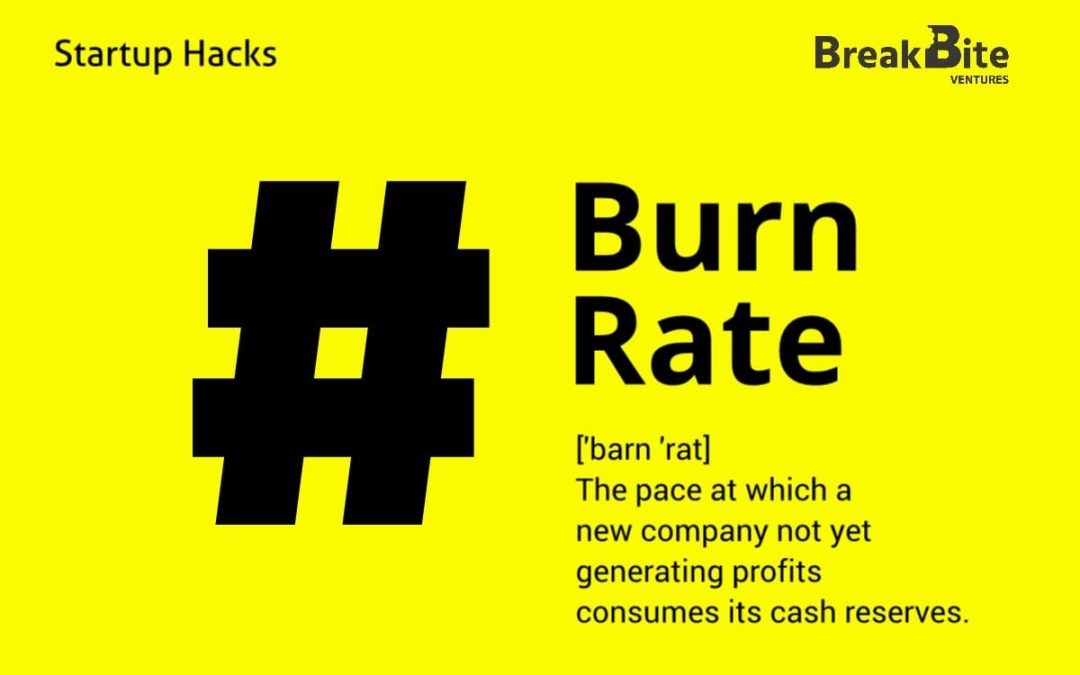What is Burn Rate?
Burn rate is a critical financial metric for startups, representing the rate at which a company spends its capital to cover its operating expenses before generating positive cash flow. It essentially measures how quickly a startup is “burning” through its cash reserves.
Types of Burn Rate:
- Gross Burn Rate: The total amount of cash a company spends each month on operating expenses, including salaries, rent, utilities, and other overhead costs.
- Net Burn Rate: The amount of cash a company loses each month, calculated as the total revenue minus total expenses. This figure is more critical as it indicates how long a company can sustain its operations with its current cash reserves.
Why Burn Rate Matters:
Burn rate is a key indicator of a startup’s financial health and sustainability. It helps entrepreneurs and investors understand how long a company can operate before it needs to secure additional funding. A high burn rate can indicate potential financial distress, while a low burn rate suggests efficient management of resources.
How to Calculate Burn Rate:
- Gross Burn Rate: Total Monthly Operating Expenses
Gross Burn Rate=Total Cash Spent Over a Period/Number of Months in the Period
- Net Burn Rate: Monthly Net Loss
Net Burn Rate=(Total Cash Spent Over a Period−Total Revenue)/Number of Months in the Period
Example Calculation:
Let’s say your startup spends $50,000 per month on operating expenses and generates $10,000 in monthly revenue.
- Gross Burn Rate: $50,000 per month
- Net Burn Rate: $50,000 (expenses) – $10,000 (revenue) = $40,000 per month
Managing Your Burn Rate:
- Monitor Regularly: Keep a close eye on your burn rate by tracking your expenses and revenue monthly. Regular monitoring helps in making timely adjustments.
- Cut Unnecessary Costs: Identify and eliminate non-essential expenses. Consider downsizing office space, renegotiating vendor contracts, or cutting discretionary spending.
- Increase Revenue: Focus on strategies to boost sales and revenue. This could include enhancing your marketing efforts, expanding your customer base, or upselling to existing customers.
- Extend Runway: Consider ways to extend your financial runway, such as securing additional funding, applying for grants, or deferring certain expenses.
- Optimize Operations: Streamline your operations to improve efficiency. This might involve adopting new technologies, automating processes, or improving team productivity.
Communicating Burn Rate to Investors:
Investors often ask about a startup’s burn rate to gauge its financial health and runway. Be prepared to discuss your current burn rate, the measures you’re taking to manage it, and your plans for future financial sustainability.
Example Question from Investors:
- Investor: “What is your current burn rate, and how long is your runway?”
- Entrepreneur: “Our current gross burn rate is $50,000 per month, with a net burn rate of $40,000 per month. With our current cash reserves of $500,000, we have a runway of approximately 12.5 months. We are actively working on increasing our revenue and reducing non-essential costs to extend our runway further.”
Understanding and managing your burn rate is crucial for the survival and growth of your startup. By keeping a close watch on your expenses and finding ways to increase revenue, you can ensure that your startup remains on a sustainable financial path.

